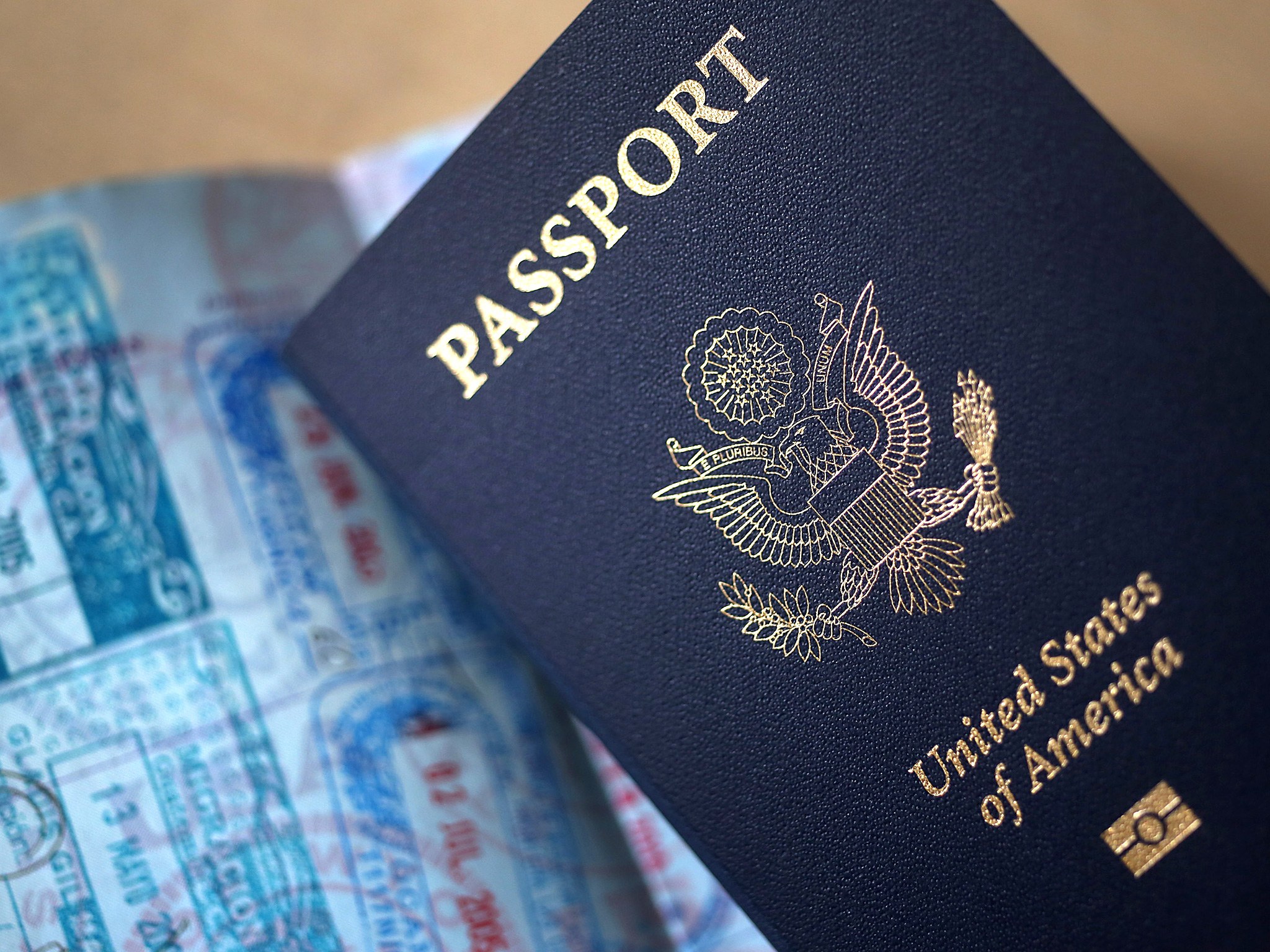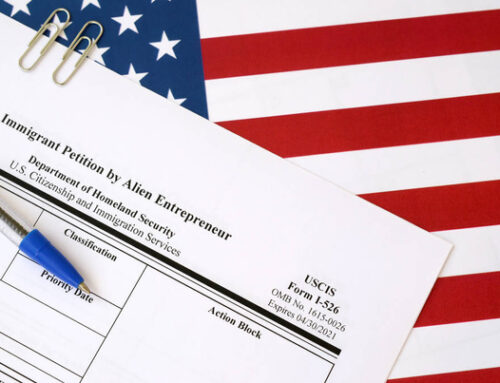The process of applying for an EB-5 visa can differ depending on whether you are applying from outside the USA (consular processing) or from within the USA (adjustment of status). Here’s an explanation of the key differences between the two approaches:
1. Consular Processing (Outside the USA): Consular processing is the method used when the EB-5 investor is outside the United States and wishes to obtain an EB-5 visa to enter the country. Here’s how the process typically works:
- Visa Application: After the I-526E petition is approved, the investor and their eligible family members must apply for an EB-5 visa at a U.S. consulate or embassy in their home country. This involves submitting required documentation, attending an interview, and undergoing medical and security checks.
- Visa Interview: The investor and family members attend an in-person interview at the U.S. consulate or embassy. The purpose of the interview is to verify the information provided in the visa application and to determine the applicant’s admissibility.
- Visa Approval: If the visa application is approved, the investor and their family members receive an EB-5 visa stamp in their passports. They can then use this visa to enter the United States.
- Entry as Conditional Residents: After entering the U.S., the investor and family members become conditional permanent residents. Within 90 days before the expiration of the conditional green card, the investor must file Form I-829 to remove the conditions and obtain permanent residency (10-year green card).
2. Adjustment of Status (Inside the USA): Adjustment of status is the process used when the EB-5 investor is already in the United States and wishes to change their status to that of a conditional permanent resident. Here’s how the process typically works:
- Adjustment of Status Application: If a visa is available, the investor may file Form I-485, Application to Register Permanent Residence or Adjust Status, concurrently with the I-526E. This gives the investor the opportunity of receiving an Employment Authorization Document and Advanced Parole Card (EAD/AP) while the I-526E is pending.
- Biometrics and Interview: Depending on the case, the investor and family members might need to attend a biometrics appointment and/or an adjustment of status interview. Once I-526E and I-485 are approved, the investor will receive the conditional green card.
It’s important to note that both consular processing and adjustment of status have their own benefits and potential challenges. Consulting with an immigration attorney who specializes in EB-5 visas can help determine the most suitable approach based on your individual circumstances. At Pathways EB-5, we help and guide our investors by connecting them with the best and most reputable attorneys in the field.
EB-5 Source of Funds Options:
When applying for an EB-5 visa, it’s essential to provide clear and documented evidence of the lawful source of the investment funds. USCIS (U.S. Citizenship and Immigration Services) is strict about ensuring that the funds used for the EB-5 investment have been obtained legally. Here are some legitimate sources of funds routes that can be used to demonstrate the lawful origin of the investment capital:
- Personal Savings: Using personal savings from income earned through legitimate employment or business activities is a common way to fund an EB-5 investment. Bank statements, tax returns, pay stubs, and other financial documents can be used to prove the accumulation of funds over time.
- Sale of Assets: Funds obtained from the sale of real estate, businesses, stocks, or other valuable assets can be considered a legitimate source. Documentation such as sales agreements, property deeds, or stock certificates, along with evidence of how you acquired those assets, is crucial.
- Gifts: Receiving a gift of funds from a family member, relative, or friend is allowed for EB-5 investment, but it must be properly documented. A gift letter, along with evidence of the donor’s legitimate source of funds, is typically required.
- Inheritance: Inherited funds can also be used, provided that the inheritance itself was legally obtained. Documentation such as a will, probate documents, and evidence of the source of the inheritance should be provided.
- Loan Proceeds: Loaned funds can be used for an EB-5 investment if secured by the investor’s personal assets. In this case, the investor needs to demonstrate the legality of the loan and the collateral used to secure it.
- Business Profits: If you’re a business owner, using profits earned from a legitimate business operation can be a valid source of funds. Business financial records, tax returns, and other documentation can establish the origin of the funds.
- Sale of Business: Funds from the sale of a business can be used for EB-5 investment, as long as the sale was legal and well-documented. Sales agreements, tax records, and other evidence of the business transaction are important.
- Investment Returns: If you’ve earned returns on previous investments, such as dividends or interest, these can be considered legitimate sources of funds. Statements or records from investment accounts can help demonstrate the origin of the funds.
- Legal Settlements: Funds received from legal settlements, such as insurance payouts or court awards, can be used if the settlement was obtained through legal means. Documentation related to the settlement should be provided.
- Salary and Employment Income: Earnings from a legitimate job or profession, as well as bonuses, commissions, and other forms of compensation, can be used as a source of funds. Employment contracts, pay stubs, and tax returns can support this source.
It’s important to note that the specific documents required to establish the legitimacy of the source of funds can vary based on your individual circumstances and the source you’re using. Consulting with an experienced immigration attorney can help you navigate the documentation requirements and ensure that your EB-5 application includes the necessary evidence of the lawful origin of your investment funds.







